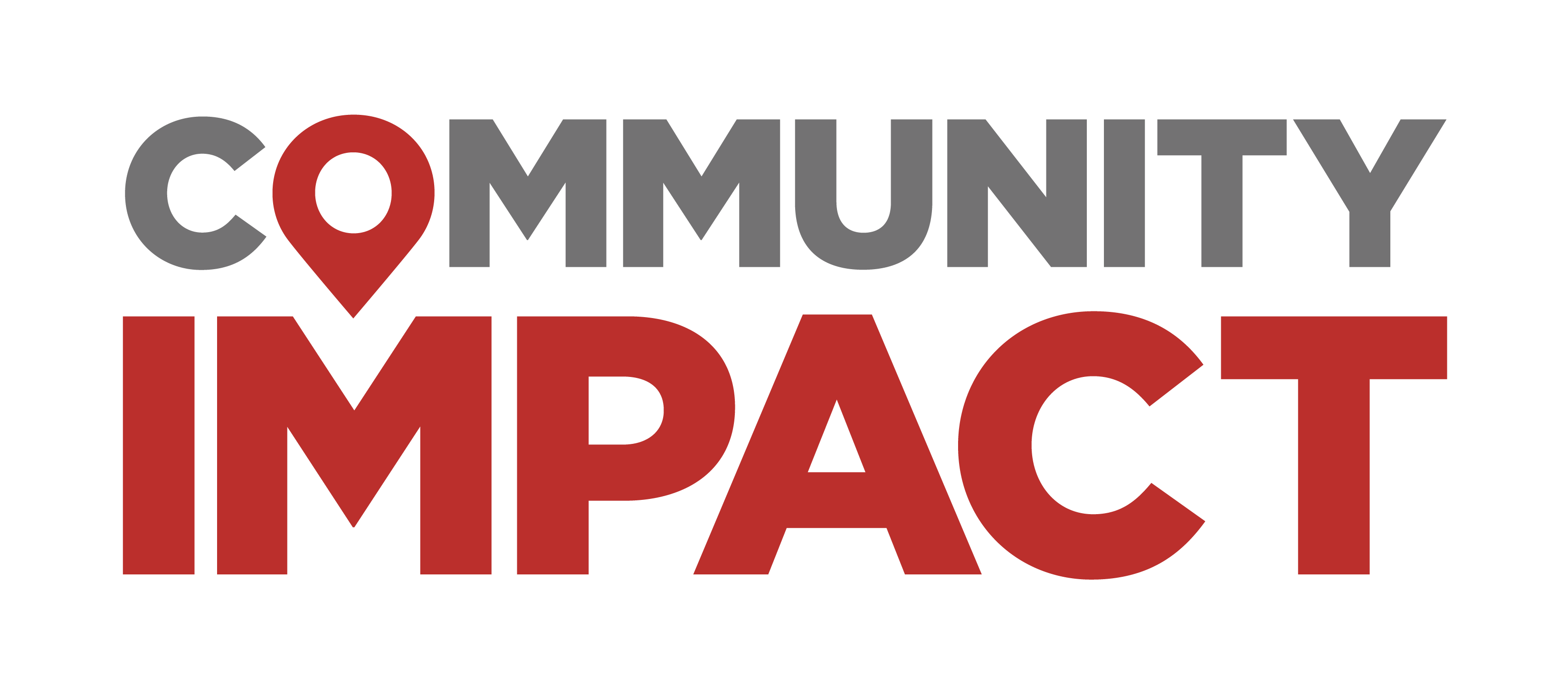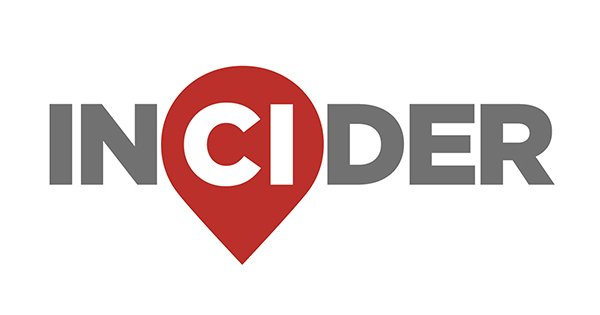The overview
City officials contracted LAN Engineering to create a water system hydraulic model, so the city can plan for future investments in infrastructure. During the presentation, representatives from LAN Engineering outlined their findings, including diameter of pipes, pipe length by material type, age of pipes and software modeling options.
According to LAN representatives, the majority of the city’s water lines are 6-inch in diameter, with 16,000 linear feet of 12-inch-diameter pipes. The majority of pipes are made of asbestos cement, with PVC as the second most used materials, with the remaining pipes made of ductile iron.
According to the representatives, a majority of the water pipes are 50-60 years old, with some as old as 60-70 years. Representatives said that a lot of the pipes are reaching the end of their lifespan.
However, Mayor Bob Werner said that due to the city being on limestone, the pipes are unlikely to break easily.
“We do have a lot of aged infrastructure, but we are probably on the hardest limestone in Texas, so for a large portion of the community those pipes are never going to move unless we do something from above to crack them,” Werner said.
City Manager Bill Hill said that during his tenure major breakages were caused by construction on Northwest Military Highway. Otherwise, he noted that during his time as city manager there have been roughly five to six leaks.
“[Shavano Park] is in pretty good shape, even if those pipes are getting old,” Hill said.
The backstory
The need for a water system hydraulic model was first identified in 2023, and was added to the Shavano Park’s 2023 Town Plan, which establishes an action step under the public infrastructure section. The project is also a fiscal year 2024-25 City Council budget objective.
The system hydraulic model will assist in:
- Planning capital replacements by identifying the age and material of water mains to determine their usable life
- Determining the appropriate water main size for future installation based on the number of home service connections and water usage
- Ascertaining whether additional booster pumps are needed for improved fire suppression capability
- Improving the city’s Insurance Services Office rating, which determines how well the fire department can protect the community
- Determining whether additional water capacity, or storage tanks, is needed
The three primary objectives include:
- Update the GIS map to include water line sizes, locations, material, in service date, operational valves, fire hydrants and laterals, meters, facility locations, including data on water wells, ground storage tanks, elevated storage tanks and booster pumps.
- Prepare a water line index and exhibit to indicate priority replacement water lines based on age and material of the pipes.
- Review and summarize up to three standard commercial hydraulic modeling software options providing.
According to city officials, City Council is unlikely to pursue commercial hydraulic modeling from LAN Engineering because the GIS mapping provided most of the needed information.





